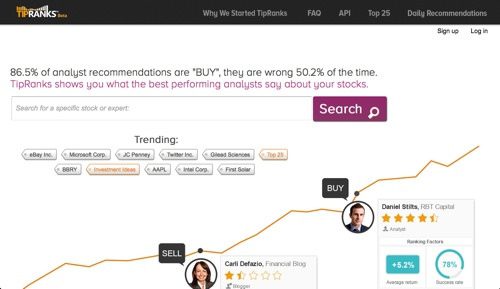
With the news media focused on the potential impact of an Apple entering the mobile payments space, it’s worth remembering that there are already sizable technology companies with mobile payments innovations already in the field.
MasterCard, which announced earnings this week, may be an obvious example. But for anyone who needed reminding, the fact that MasterPass, the company’s mobile payment platform, earned such high marks from CEO Ajay Banga, should help.
Here are a few choice notes and quotes from the
earnings call that highlight MasterCard’s success and strategies for
MasterPass.
First, MasterPass was launched in three new markets in the second quarter of 2014: Singapore, Poland, and South Africa. That puts the total number of markets at 10, with another four planned by the end of the year.
In the company’s earnings call, Ajay highlighted the technology as playing an important role in the overall consumer experience. “MasterPass is more than a wallet,” he said. Instead, think of the solution as:
“A platform which provides a safe and secure foundation to support multi-channel shopping … and create innovative tools … to enhance the consumer buying experience before, during, and after the actual purchase.”
Making MasterPass a technology that plays well with others is a major goal. MasterCard launched its in-app payment feature in the previous quarter. It can now count Starbucks in Australia and Major League Baseball among the major marketing entities that have committed to deploy MasterPass in their own branded apps.
Going forward, the goal is to have MasterPass up and running in markets that represent 75% of the company’s total credit card volume over the next two years. MasterCard already sees itself as significantly ahead of the game compared to its rivals (“We’re in 10 countries, already,” repeated Ajay during the conference call’s Q&A. “That’s way more than anybody else is in.”)
The clue to how MasterCard might succeed where others have failed may be found in a
profile of the company’s CEO recently published in Fortune.com. Quoted in the feature by Daniel Roberts, former MasterCard emerging payments specialist Ed Olebe pointed to the company’s “basic capability in the physical world and some capability in the digital world” as a major advantage as a player in the digital payments world.
“The players who can handle the digital challenges and the security challenges, and keep a presence in the physical world, will win,” Ed said. “And that’s MasterCard.”
MasterCard, via its MasterCard Developer Zone, is a Platinum Sponsor of FinDEVr, the first event for fintech developers. To find out more about the inaugural FinDEVr conference in San Francisco, October 1 and 2, visit our FinDEVr page
here.
 Yahoo! Germany looks at financial innovation in Kreditech.
Yahoo! Germany looks at financial innovation in Kreditech.



















